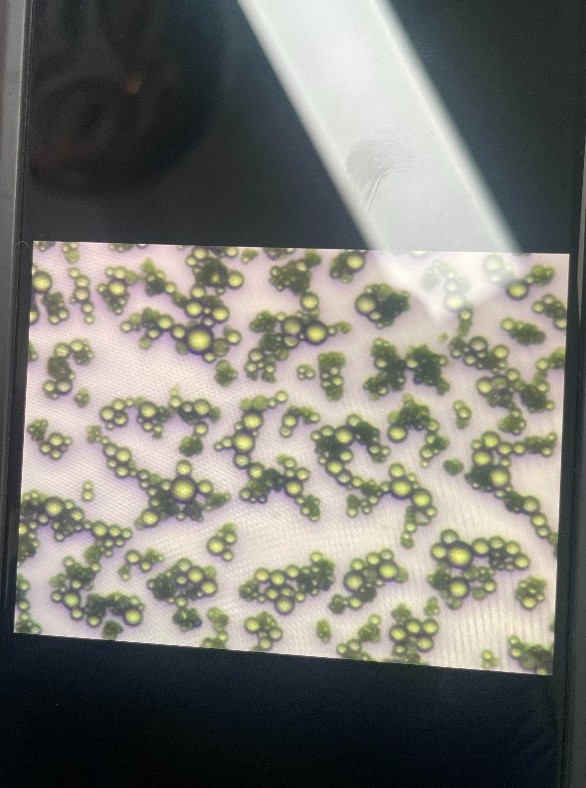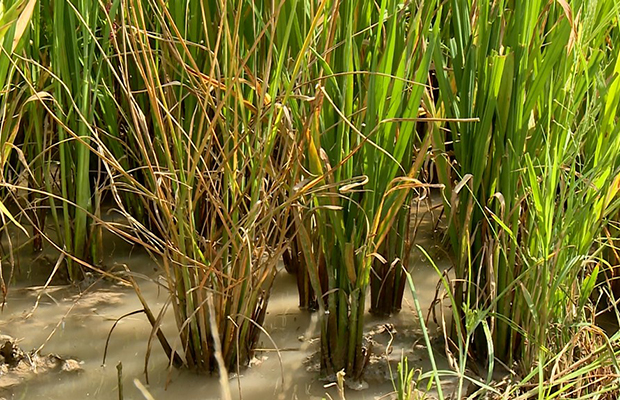
Yellow dwarf disease, dwarf leaf curl disease
Rice grassy stunt and stunted leaf curl are two of the most dangerous diseases for rice, especially in rice-growing countries like Vietnam. Both diseases have the potential to cause serious damage to rice yield and quality, putting farmers at risk of crop failure and reduced income. Due to their complex nature and high level of danger, understanding the causes, symptoms, effects and prevention measures of rice grassy stunt and stunted leaf curl is very important to protect crops and ensure sustainable rice production.
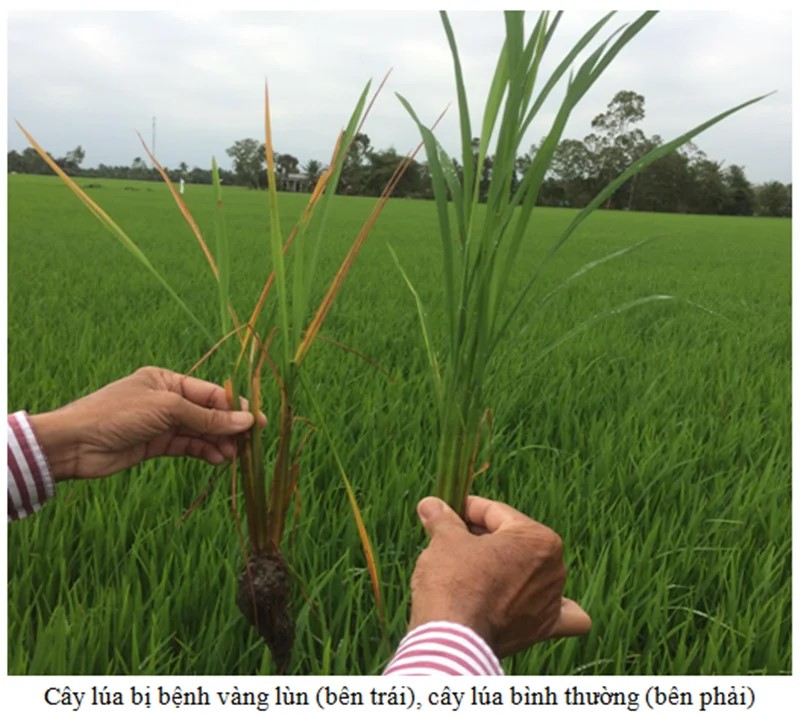
1. Causes of rice grassy stunt and stunted leaf curl
Yellow dwarf disease
Rice grassy stunt disease is mainly caused by viruses, with the main agent being the rice grassy stunt virus (RGSV). This virus is transmitted by insects, especially the brown planthopper (Nilaparvata lugens). When the brown planthopper sucks the sap of the rice plant, the virus is transmitted from the planthopper to the plant and causes disease in the rice plant. Brown planthoppers are one of the dangerous insects that not only directly reduce plant growth but also serve as an environment for spreading disease-causing viruses.
Rice ragged dwarf disease
Similar to yellow dwarf disease, rice ragged dwarf disease is also caused by a virus, and is transmitted by brown planthoppers. The virus that causes rice ragged dwarf disease is called Rice Ragged Stunt Virus (RRSV). Brown planthoppers act as the main intermediary, sucking sap from rice plants and transmitting the virus from infected plants to healthy plants.
Favorable weather conditions for the development of brown planthoppers, such as heavy rain and warm temperatures, are factors that promote disease outbreaks. Migration of brown planthoppers from neighboring areas also contributes to the widespread spread of the disease.
2. Symptoms of yellow dwarf disease and rice ragged dwarf disease
Symptoms of yellow dwarf disease
- Yellow leaves: Rice plants infected with yellow dwarf disease often have yellow leaves, starting from young leaves and then gradually spreading to old leaves. The leaves become pale green, yellow and easily withered.
- Dwarfing: One of the prominent characteristics of this disease is that the rice plant becomes dwarfed, its height grows slowly or stops growing completely. The rice plant becomes small and weak.
- Reduced tillering: Infected rice plants will have fewer tillers than normal, leading to reduced growth and development.
- Poorly developed rice panicles: Plants infected with yellow dwarf disease often do not develop panicles, if they do, the panicles are small and the grains are empty, directly affecting the yield.
Symptoms of dwarf leaf curl disease
- Leaf curl: The main symptom of dwarf leaf curl is that the rice leaves are twisted, crooked, and thicker than normal. The leaves may curl and deform, looking twisted.
- Dwarfing: Similar to yellow dwarf disease, rice plants with dwarf leaf curl also have the phenomenon of dwarfing, substandard height, and slow growth.
- Deformed rice panicles: Rice panicles with dwarf leaf curl can develop unevenly, often deformed and have empty grains, seriously affecting yield and harvest quality.
- Poor root development: The root system of infected rice plants is often poorly developed, making it difficult for the plant to absorb nutrients and water, making the rice plant susceptible to death.
3. Harmful effects of dwarf leaf curl and dwarf leaf curl
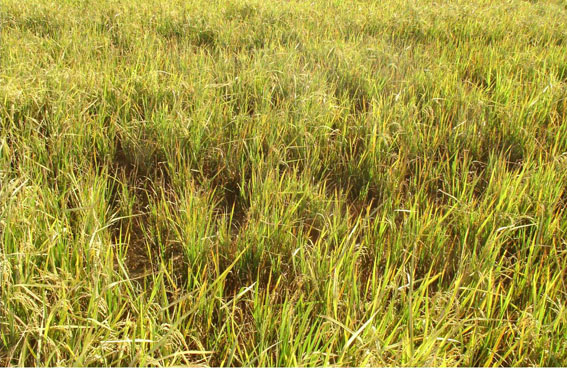
Dwarf leaf curl and dwarf leaf curl both cause serious damage to rice plants, especially during strong outbreaks.
- Reduced yield: Both diseases seriously reduce rice yield. Rice plants cannot grow normally, become stunted, the number of tillers decreases, the rice panicles are small and the grains are empty, leading to low yields.
- Crop failure: In case the disease spreads strongly, the entire rice field can be completely lost, especially when the disease is not controlled in time.
- Economic damage: The reduction in yield and crop failure due to yellow dwarf and leaf curl diseases lead to great economic losses for farmers. In addition, the cost of disease prevention and treatment also increases the burden on rice growers.
- Rapid spread: Yellow dwarf and leaf curl diseases are transmitted by brown planthoppers, so they can easily spread over a large area, especially when brown planthoppers migrate from one area to another.
4. Conditions for disease occurrence
Yellow dwarf and leaf curl diseases arise and develop strongly in warm weather conditions, high humidity and heavy rain. Brown planthoppers thrive in these conditions and act as disease vectors.
Rice growing areas with poor irrigation systems, flooded soil or improperly maintained rice fields are also favorable factors for the development of the disease. In addition, failure to eradicate brown planthoppers and failure to control the disease well also increases the risk of spreading.
5. Measures to prevent and control yellow dwarf and leaf curl diseases
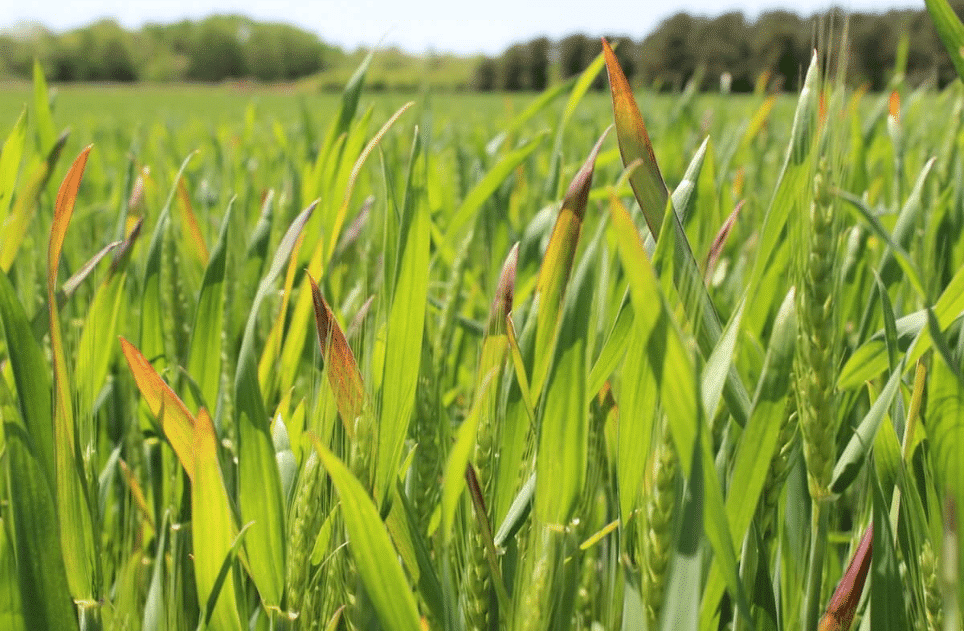
To control yellow dwarf and leaf curl diseases, rice growers need to apply comprehensive prevention measures, including brown planthopper management and appropriate farming practices.
5.1. Brown planthopper management
- Monitoring brown planthopper density: Rice growers need to regularly monitor brown planthopper density in the field to detect it promptly and take early treatment measures.
- Spraying pesticides to control brown planthoppers: Use pesticides to control brown planthoppers and prevent them from transmitting disease-causing viruses. It is advisable to choose pesticides that are highly effective and safe for the environment. Effective drugs to treat yellow dwarf and leaf dwarf diseases such as: vua imida, Suparep 300WP, Trùm chích hút - trĩ, Tosi 30 WG
- Biological measures: Use natural enemies of brown planthoppers such as parasitic wasps, ladybugs or parasitic fungi to control the number of brown planthoppers without harming the environment.
5.2. Use disease-resistant varieties
- Select disease-resistant varieties: Selecting rice varieties that are resistant to yellow dwarf and twisted leaf dwarf diseases is an effective measure to prevent epidemics. Many new rice varieties have been researched and developed with good resistance to brown planthoppers and disease-causing viruses.
- Crop rotation: Rotate between different crops to reduce disease pressure and brown planthoppers in the field.
5.3. Cultivation measures
- Field sanitation: After each crop season, it is necessary to clean the field, destroy crop residues, and trim the field edges to eliminate the habitat of brown planthoppers and viruses.
- Proper fertilization: Balanced, adequate and reasonable fertilization helps rice plants to be healthy and increase their resistance to diseases. Avoid over-fertilizing with nitrogen because this can make the plants weak and susceptible to brown planthopper attacks.
5.4. Disease prevention with pesticides
- Spraying pesticides: Preventive pesticides should be sprayed periodically, especially during the period when brown planthoppers are developing strongly to prevent the spread of disease.
6. Conclusion
Yellow dwarf disease and leaf curl dwarf are two dangerous diseases for rice plants, greatly affecting yield and production quality. Combining brown planthopper management measures, using disease-resistant varieties, proper cultivation and disease prevention with pesticides is the key to effective disease control.
Rice growers need to pay attention to monitoring the health of rice fields, detecting early and taking timely preventive measures to ensure a bumper crop and minimize damage caused by yellow dwarf disease and leaf curl dwarf disease.
Bình luận
Những bình luận mới nhất
